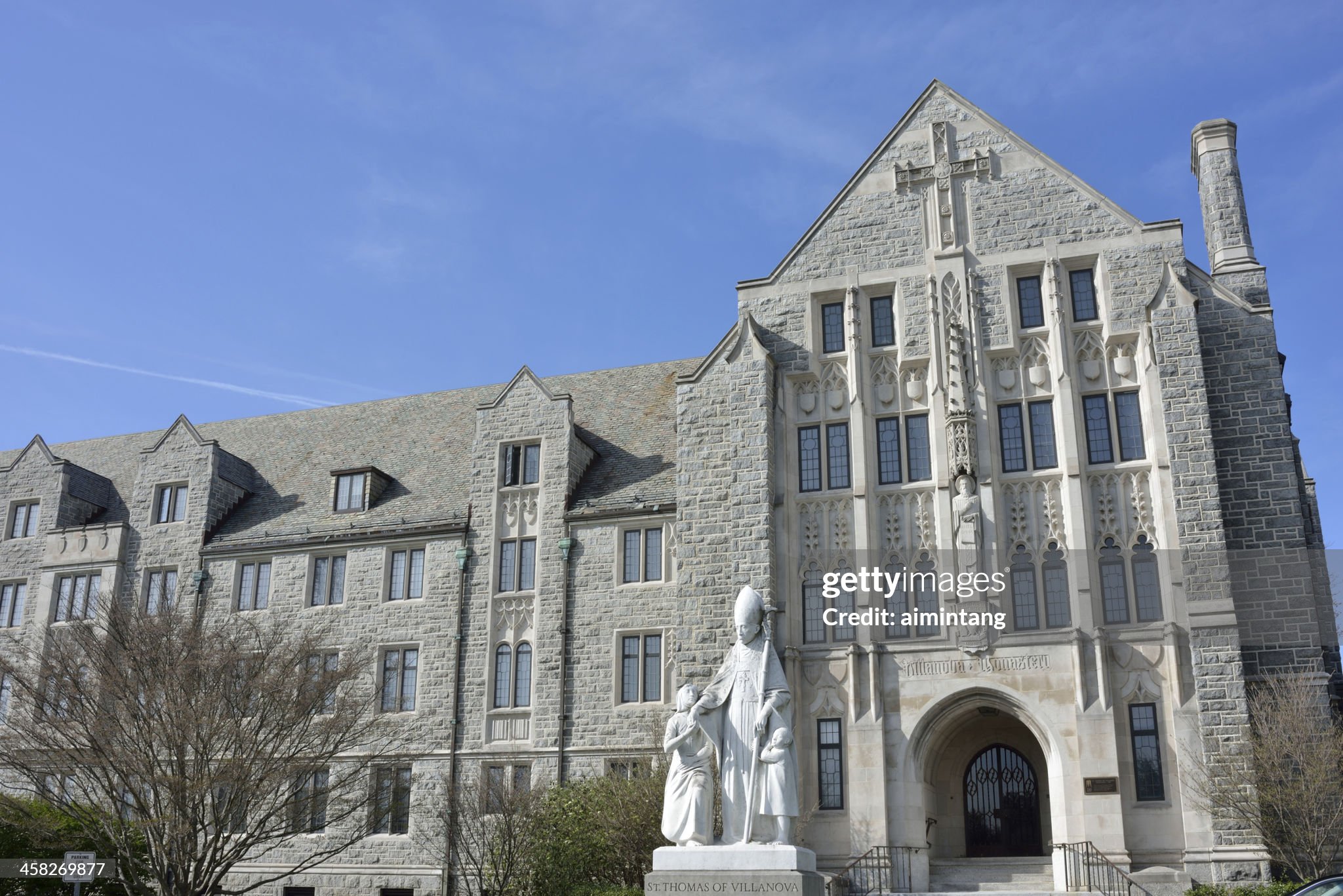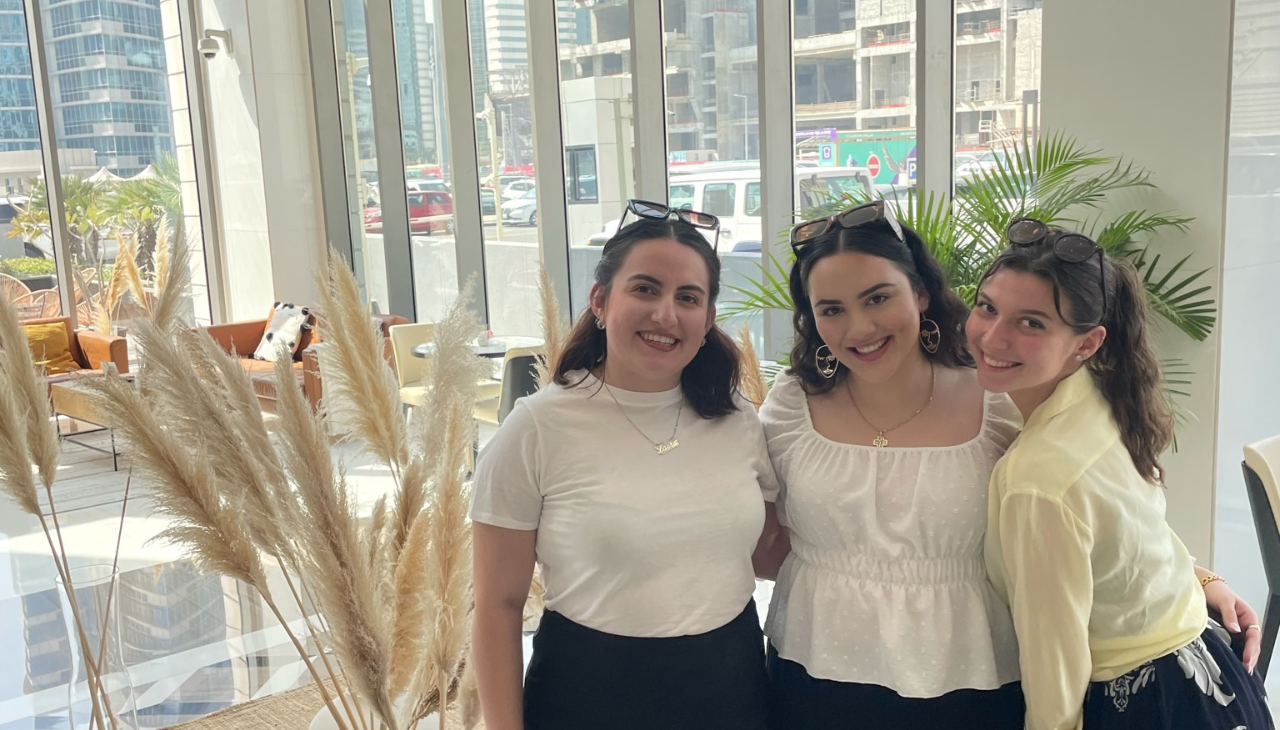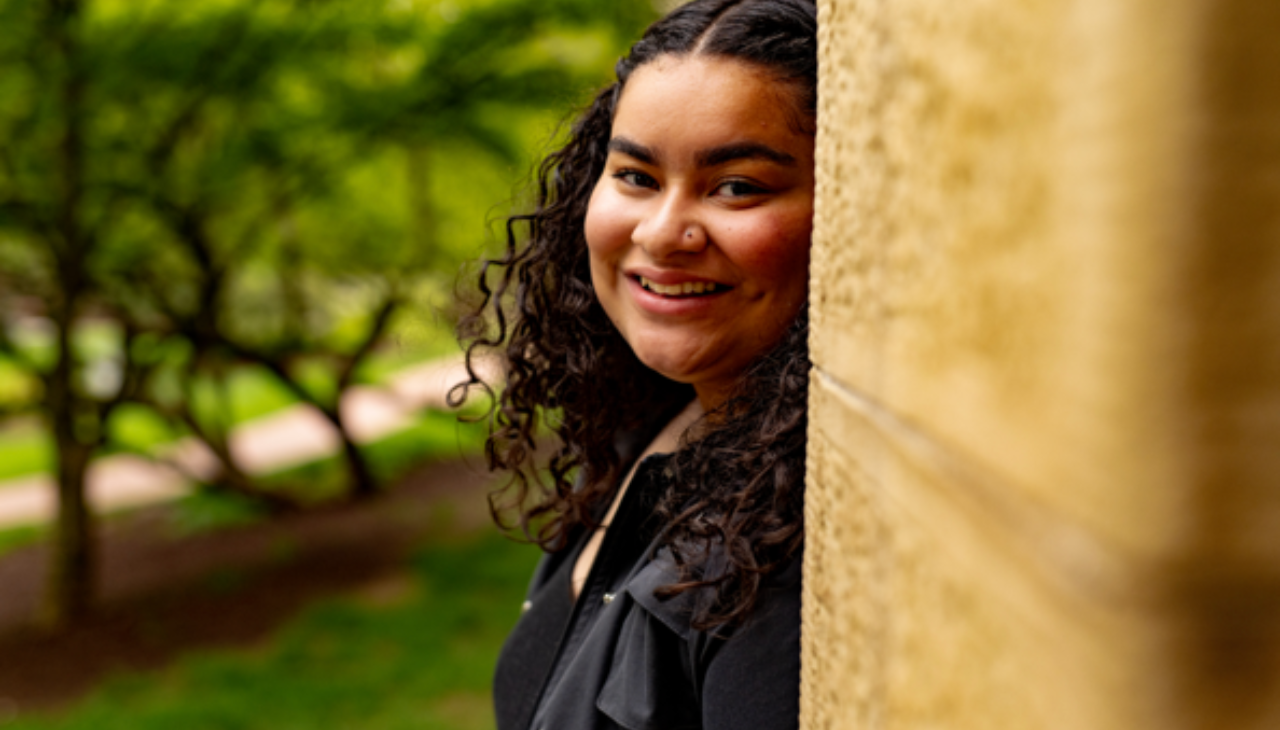
Interview: How to turn around Latino educational outcomes
Even with recent news of relative improvements in Latino student’s educational achievement, all evidence points to the need for more work that addresses the specific circumstances that may hinder our community when in comes to access, equity, and educational justice. Most discussions in this regard often revolve around educators, policymakers or school administrators. While each of those roles are essential in finding a solution, focusing solely on them leaves out an important ally in turning the numbers around: School counselors. In the case of Latino students, school counseling that is culturally responsive and addresses the various psychosocial barriers affecting Latino students — issues like discrimination, language, socioeconomic level, and others — can make the difference between an academically-successful student or a failing one.
To discuss the complex interplay among individual, institutional, and family factors affecting Latina/o students, and what to do to address these, I recently had the honor to speak to Cory Notestine, a school counselor at Alamosa High School in Alamosa, Colo., a school with a predominantly Latino student body. During his tenure, Notestine’s initiatives have helped raised the graduation rate in his district, expanded access to college courses, and increased engagement with parents. He was just named the 2015 School Counselor of the Year by the American School Counselor Association, at a ceremony held at the White House. What follows is an edited version of that conversation.
Elianne Ramos: I understand you work at a predominantly Latino school. How has this experience been different? What barriers do you think do Latino students face that other students may not?
Cory Notestine: We currently have 64 percent who are of Hispanic or Latino descent so the other 30 to 33 percent, roughly, is Caucasian, and we have some other minority groups there as well. My background is not one where I spent much time in the Latino community and so I’ve had to learn what is really important to the students in these families. And what we’ve done then is provide services specific just for those students, whether they are English learners and providing those skills. Or for Guatemalan students trying to teach them Spanish than to be able to teach them English because they speak Q’anjob’al, their native language, and we don't have any speakers, teachers that speak that language and so it’s been a challenge sometimes to make sure they are getting all the things that they need educationally to be able to move on the post-secondary learning if that’s what they choose or maybe into a career.
One of the biggest things that we may be seeing with the Latino population is helping the whole family understand the education system itself. Sometimes they weren’t successful in it, or don’t quite understand it and often times our languages is not translatable, or we don’t have [materials] in Spanish for them to be able to understand what’s going on so I think we’ve made concerted efforts to make sure they are Spanish individuals at our school that are able to translate for us when a parent comes in that may not be able to speak English or calling a Spanish teacher or secretary to help translate our conversations so they feel like they are really getting the answers that they desperately need. That’s a big piece, just trying to make sure you’re just available and making yourself accessible to parents no matter what the language is.
ER: While at Alamosa High School, you have instated numerous improvements in the counseling program. Can you tell us about some of these improvements, and what have been some of the results you’re most proud of?
CN: One of the things that we have started to look at was trying to get college access for students from their high school. And so what we were doing was pairing students with community colleges or their local college in town, where they can actually get college credit while still in high school. So what we saw this past year, the 2014 graduating classes, is that 82 percent of our students actually earn college credit while still in high school. So they saw the future success was possible. They knew they could actually take a college class and they can pass it, and they’d never done that before. So that’s what’s really exciting, that then they would know ‘Oh, I can apply there. I now have a transcript and can even transfer those grades, transfer that credit and I’m already off to a good start.’
This past year, we saw the first time our school district reached a 90 percent graduation rate and that’s definitely climbed in the last three years, since I’ve been there.
Some of those things are just really targeting what children need, better access to their classes, better access to tutoring, making sure that their needs are just met and they know there is someone there to support them. Another thing that we’ve been looking at is trying to do some things around scholarship, around financial aid. I think that’s the biggest thing that we’ve seen as growth in that area is that when students are reporting more and more financial support, they’re attending college. Some of that has been through bringing in the college system; that is, financial aid advisors to come and speak directly to students.
ER: What do you think needs to happen, both at the local, school-district level and at the national, administration level, to turn around outcome trends for Latino students?
CN: One of the biggest things often missed is, what are they really interested in doing? Part of that is that they don’t have a broad spectrum of understanding on what careers are even available. Oftentimes when we learn about careers, we were learning it from our parents and what our parents do. And if our communities don’t have a broad spectrum of job, or if they are not exposed to something else outside of the area where they live, they don’t know what’s even out there. So if we can start exposing these children to more and more opportunities, then they can start reaching and set the goals to go do that. But until we find them a career that they’re interested in, then where is the connection to education? It doesn’t make sense anymore. And if they need to support their families, they may turn to that instead. So now we just have to find another way for them to understand: This is what you can do, and this is how you can connect to it.
To view the White House School Counselor of The Year award ceremony honoring Notestine, please visit the website. Direct link to video: http://www.whitehouse.gov/videos/2015/January/013015_FLOTUS_HD.mp4










DEJE UN COMENTARIO:
¡Únete a la discusión! Deja un comentario.